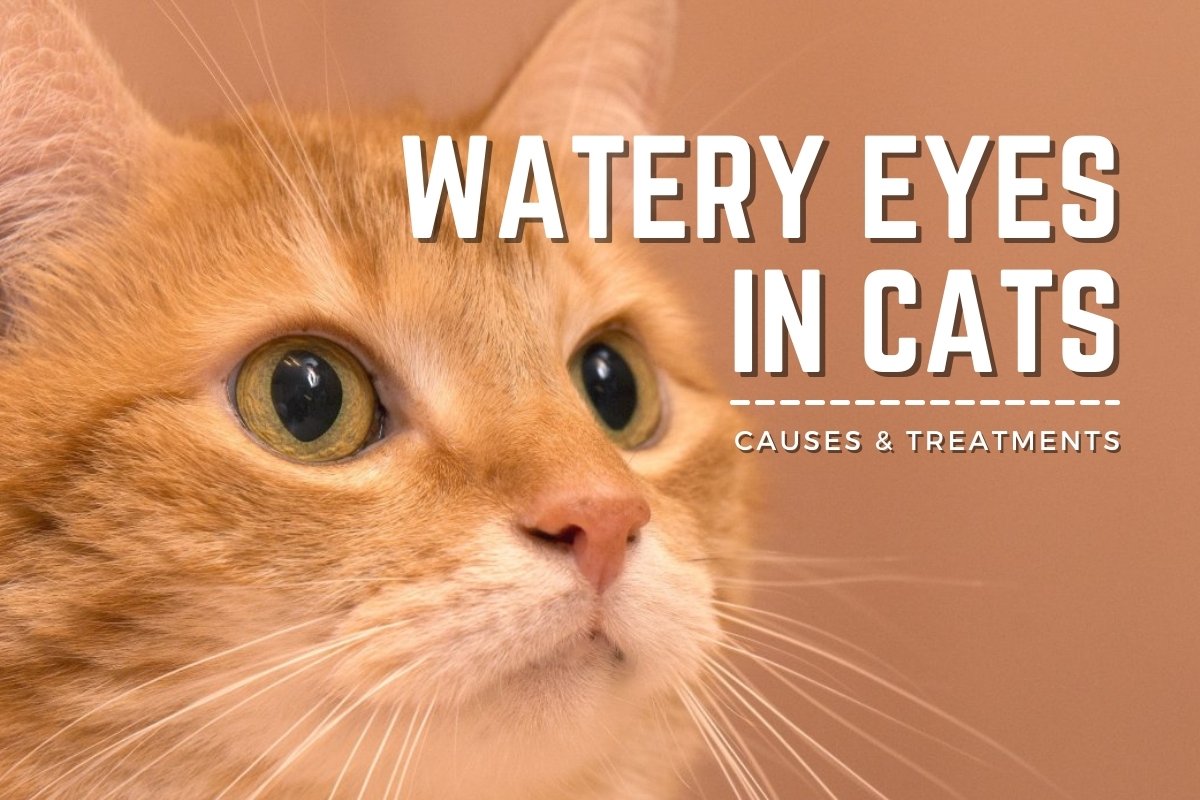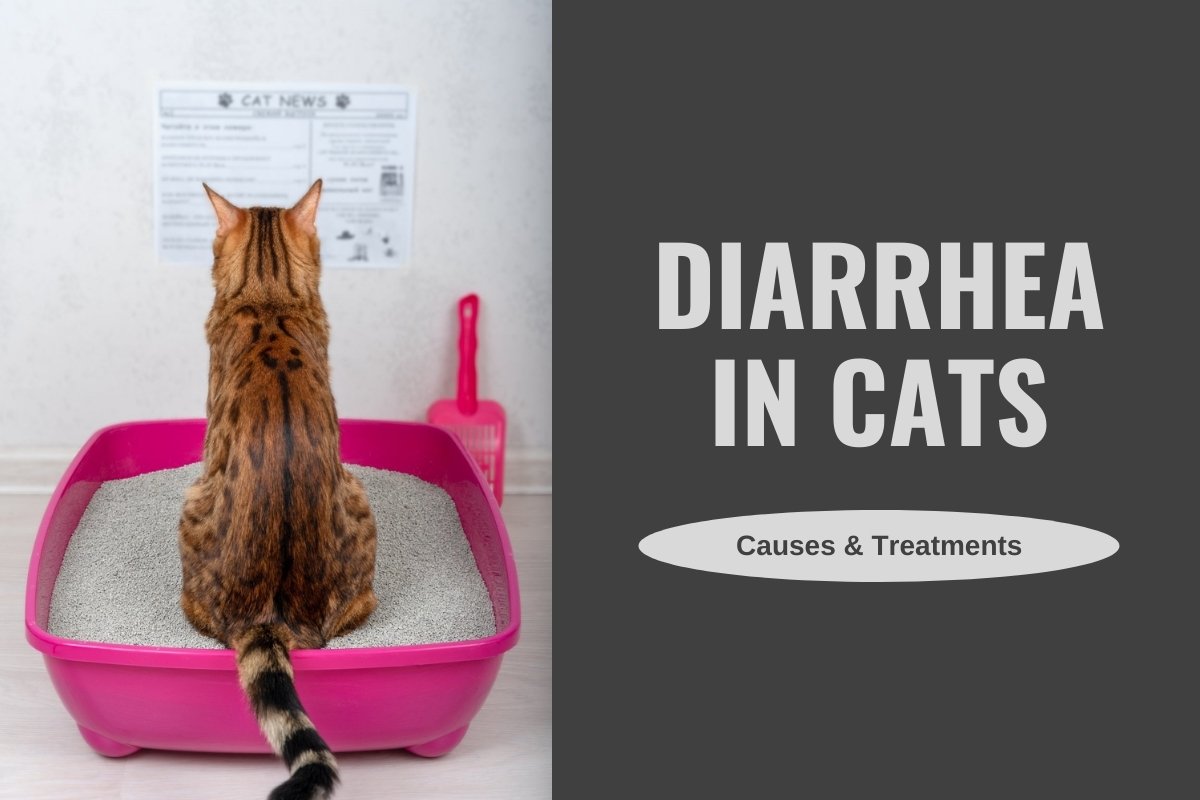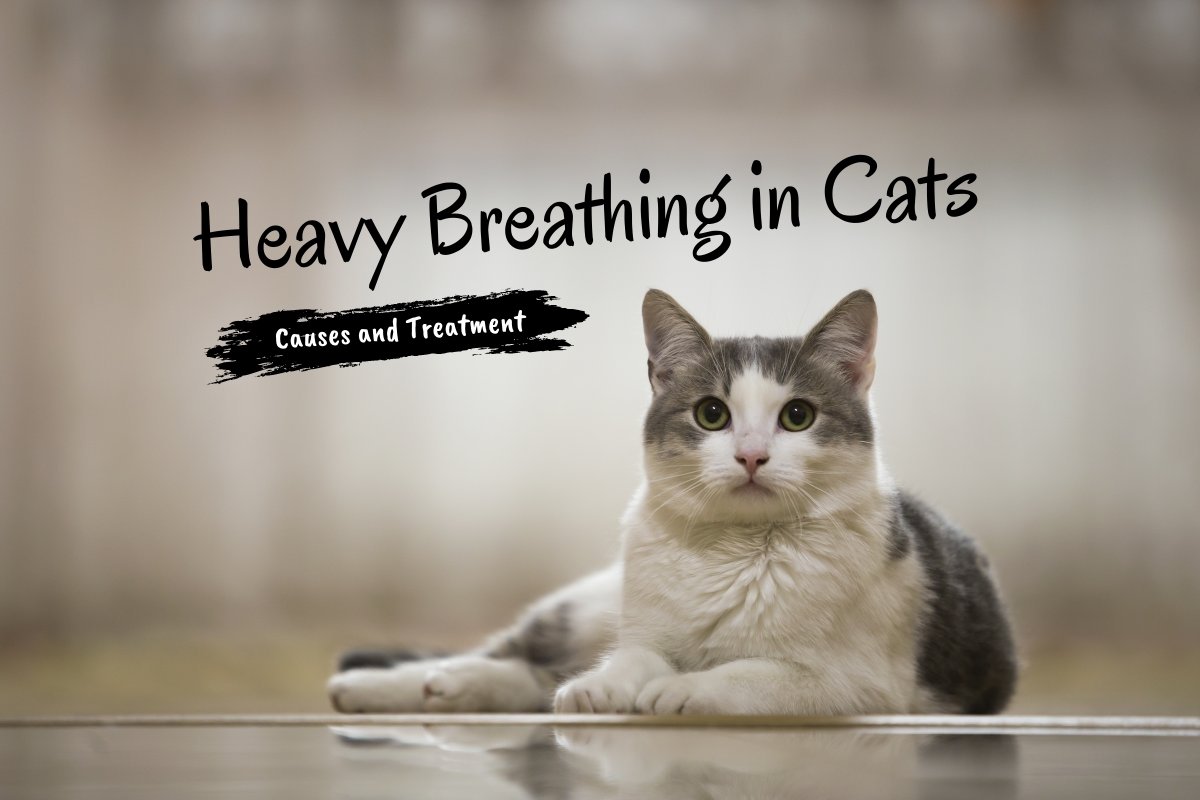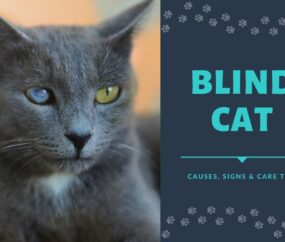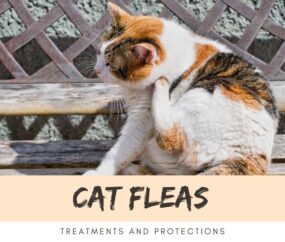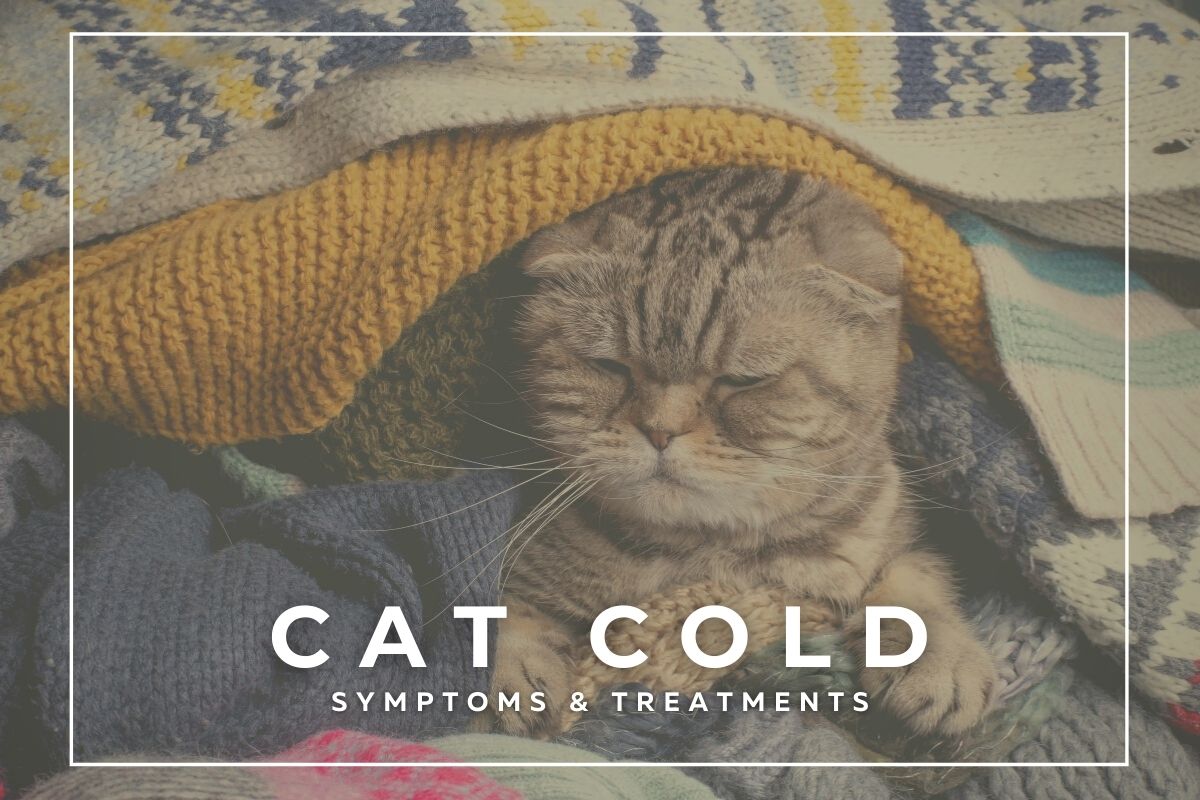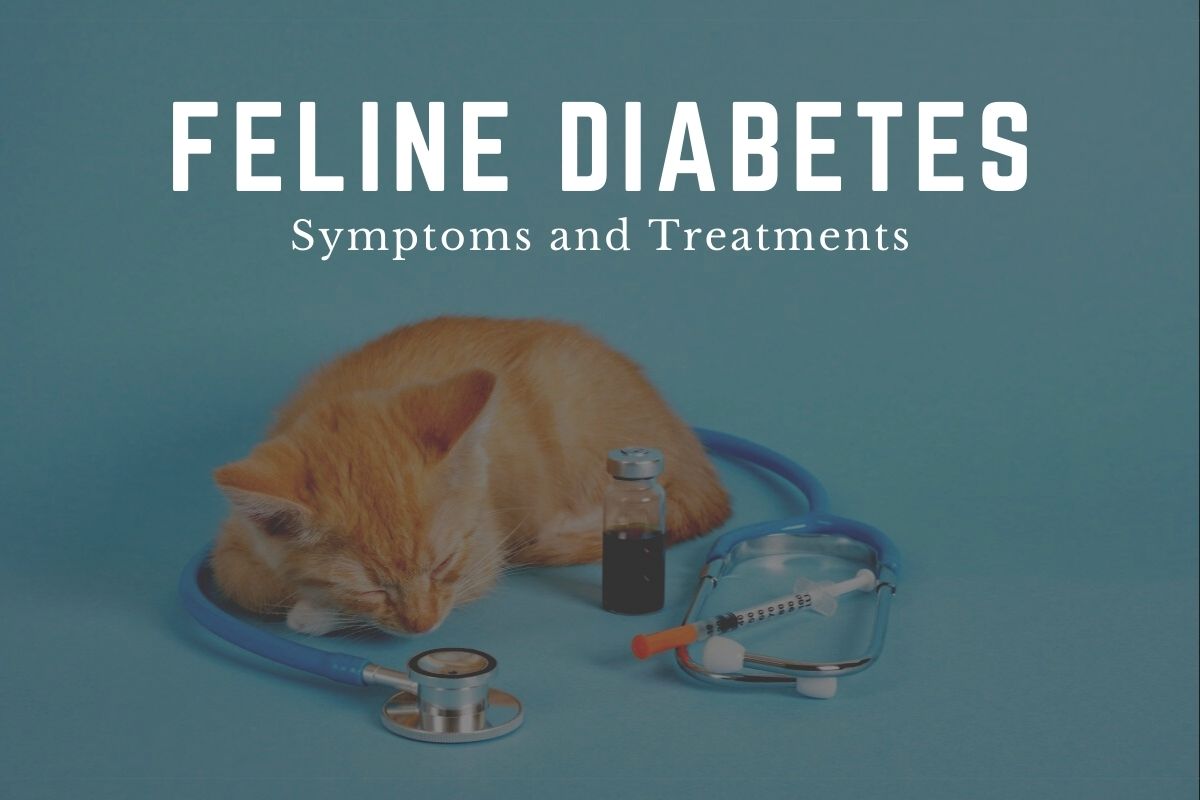Cats are beautiful feline animals, and they always mesmerize others with their beautiful and expressive eyes. But have you ever wondered that sometimes your cat looks at you with their weepy and gunky eyes? If yes, then let me tell you, pet cats always have a habit of hiding their illness. They get sad when they aren’t feeling well and provide you with important indicators through their eyes to understand them.
The reason behind their sadness and weepy eyes is more likely an eye infection. Cats also get eye infections quite easily. Some clear up on their own, but some infections worsen over time, causing severe harm to their eyes. By knowing the early signs and symptoms, you can prevent your cat from getting a severe eye infection.
In this article, you will get to know what a cat’s eye infection is, its symptoms, and how to treat it. So let’s get started.
What are Watery Eyes in Cats?
Epiphora, or watery eyes in veterinary terms, is defined as an abnormal outflow of tears. Epiphora is most typically seen in brachycephalic breeds like Himalayans and Persians, where congenital disabilities allow the eyeball to be overexposed to the outer world. Other congenital disabilities linked to watery eyes include distichiasis and entropion, disorders in which the eyelids or eyelashes bend inward, irritating the eyeball.
Your cat’s eyes become watery for a brief time if she has allergies or an infection. This problem could be a genetic or congenital disease if you have seen your cat with watery eyes since birth. Still, if your cat starts showing symptoms of eyes discharge, greasy or gunky eyes, then it is high time to take your cat to the veterinarian.
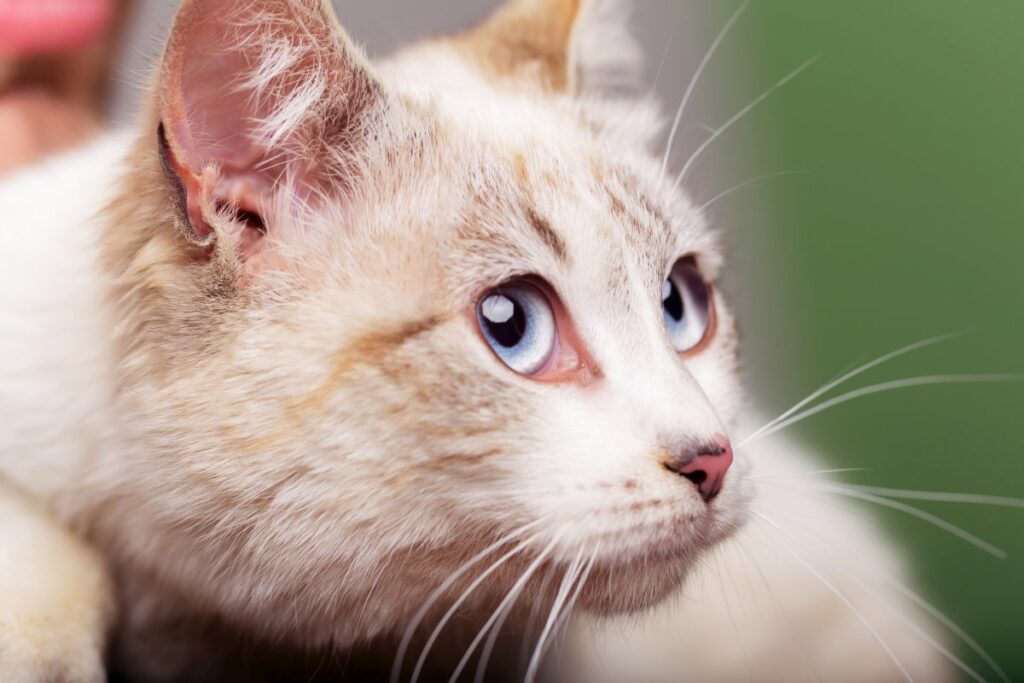
How to Know If Your Cat Has Watery Eyes
● Red and Inflamed Eyes
If you see your cat’s eyes turning red and inflamed, she is more likely to have conjunctivitis. Because in this condition, the cat’s eyes become puffy and have increased sensitivity to light. It is a common condition in cats and is caused by infection or allergy.
● Watery and Glassy Looking Eyes
When your cat paws on her eyes more often, it means she has allergies that are causing discharge and irritation in the eyes.
● Pain or Swelling
If your cat is showing signs of pain and her eyeball is swelling, then there is a high chance that she might be suffering from a painful disease called glaucoma.
● Nasal Discharge and Sneezing
Like humans, cats also develop cold symptoms, including sneezing, runny nose, and watery eyes.
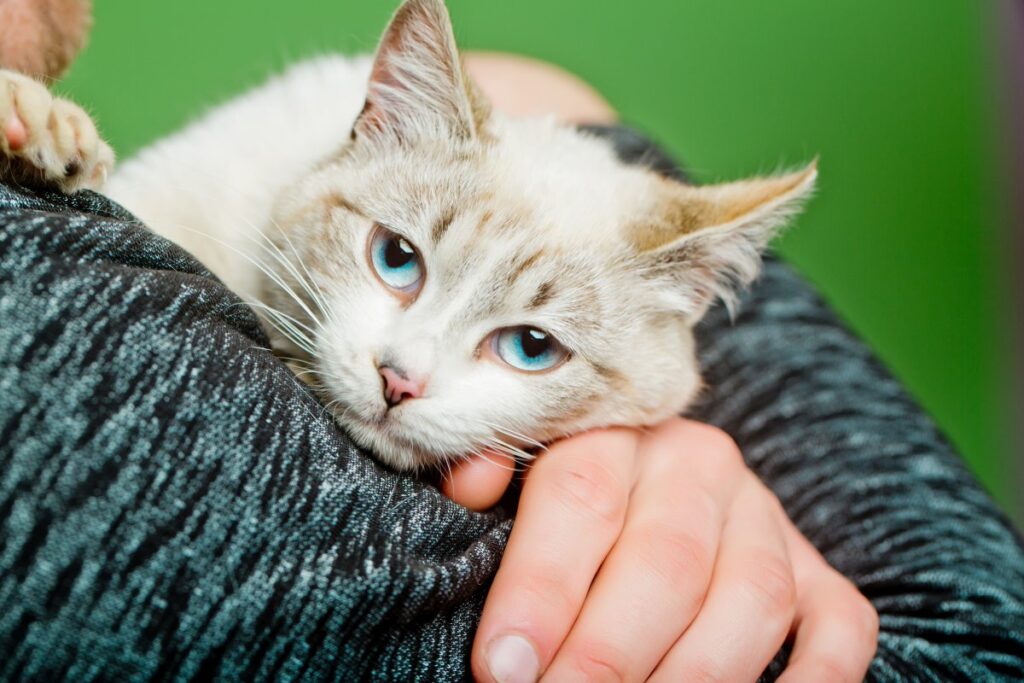
● Sticky Yellow Or Green Discharge
If you see your cat’s eyes with a sticky yellow discharge, it is a viral infection. On the other hand, a green discharge signifies that your cat has a bacterial infection.
● Blinking and Pawing at Eyes
If your cat seems to be pawing at their watery eyes more excessively, then she certainly requires a vet because she might have a blocked tear duct.
Causes and treatment of Watery Eyes In Cats
● Dry Eye
Dry eye or keratoconjunctivitis sicca is when the cat’s eyes lack tear production, leading to red and inflamed eyes. It also causes yellow discharge from the eyes because of missing watery portions. If it is not treated in time, it can also cause blindness.
If your cat suffers from this condition, then treatment including ointments, antibiotics, artificial tears, and immune-suppressing drugs will work.
● Feline Upper Respiratory Infections
Viruses such as feline calicivirus, a contagious respiratory disease, pneumonitis or herpes virus, bacteria, and protozoa are all common causes of ocular discharge in cats. A sticky, pus-like ocular discharge is one of the most common symptoms, minor or severe.
Treatment for this infection depends on how serious it is. Moreover, specific treatments include antibiotics, medication, decongestants, and fluids.
● Water Tearing Eyes (Epiphora)
Overproduction of tears, viral infections, allergies, and blocked tear ducts are the possible causes behind the abnormal tearing from your cat’s eyes.
For the epiphora condition, you will need to use plain water or saline to flush the blocked tear duct of your cat’s eyes. However, for infection, you will need to use drops or antibiotics.
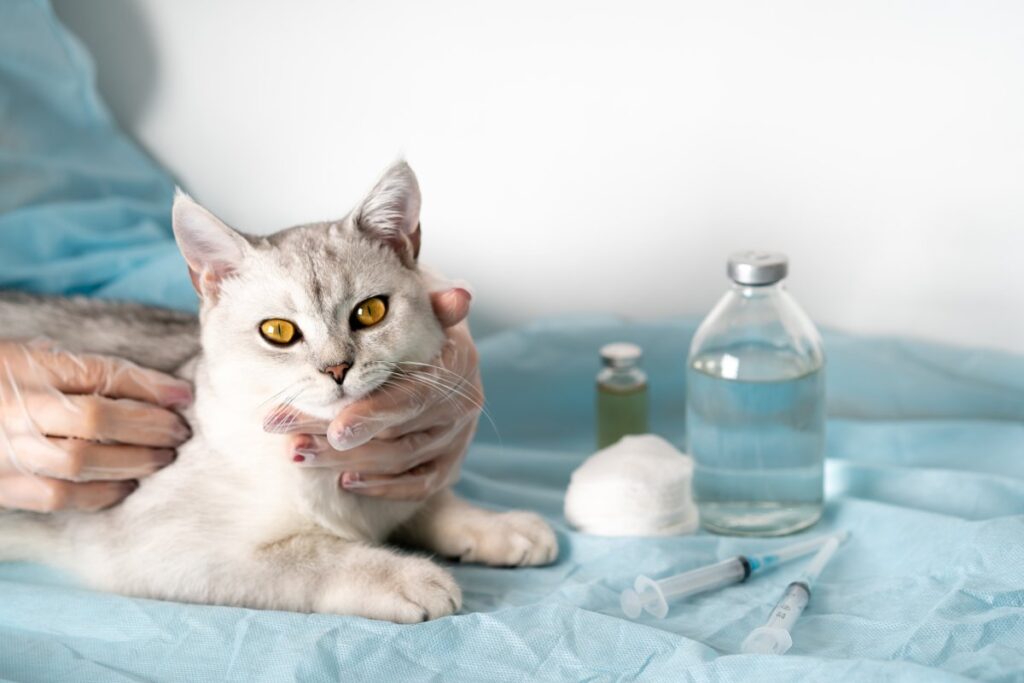
● Corneal Disorder
Excessive blinking, increased tear production, and inflammation of the cat’s eyes cause inflammation and ulceration of the cornea, the dome-shaped surface that covers the cat’s front eye.
The best treatment for the corneal disorder is keeping your kitty’s eyes always clean, using antibiotic eye drops to promote the healing process, and removing loose corneal tissue or cauterization.
● Conjunctivitis
Conjunctivitis is caused by pollen, weeds, dust, or other irritants. If your cat’s eye becomes light-sensitive and has thick and watery mucus eye discharge, then she is more likely to have light pink inflammation around her eyes. Conjunctivitis with fever, diarrhea, and dyspnea can indicate severe infectious peritonitis in cats, but this is less common.
Conjunctivitis can be treated with a steroid ointment, but you can use antibiotic ointments for bacterial infection.
Recovery of Watery Eyes in Cats
Your cat’s eyes can recover from watery eyes depending on the severity of the condition. If the vet has prescribed medication to lessen pain due to allergy and other symptoms, then your cat’s eyes will recover within a few days.
Moreover, for a speedy recovery, you need to take care of your cat, make her rest and sleep more often than usual and occasionally take her to the veterinarian. In addition, if your cat has undergone a surgical process, then management and recovery will take longer under the supervision of a veterinarian. You will need to keep checking the progress of your cat’s treatment.
Conclusion
If your cat is in pain and showing signs of the eye infections mentioned above, don’t hesitate to call a vet. Many cases of watery eyes in cats are due to mild underlying allergies. Still, it can also be a sign of a more severe condition that needs instant attention from a veterinarian.

